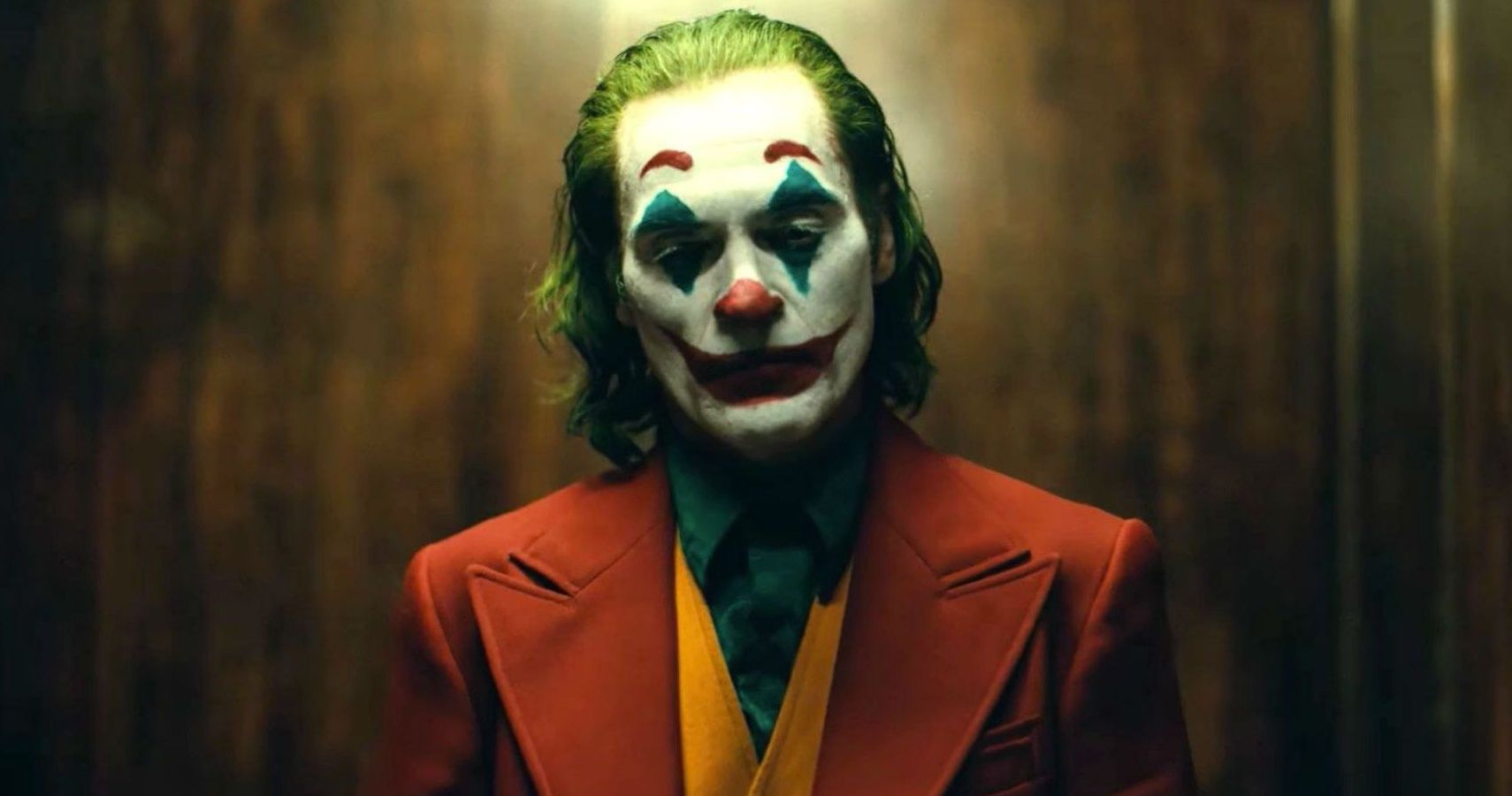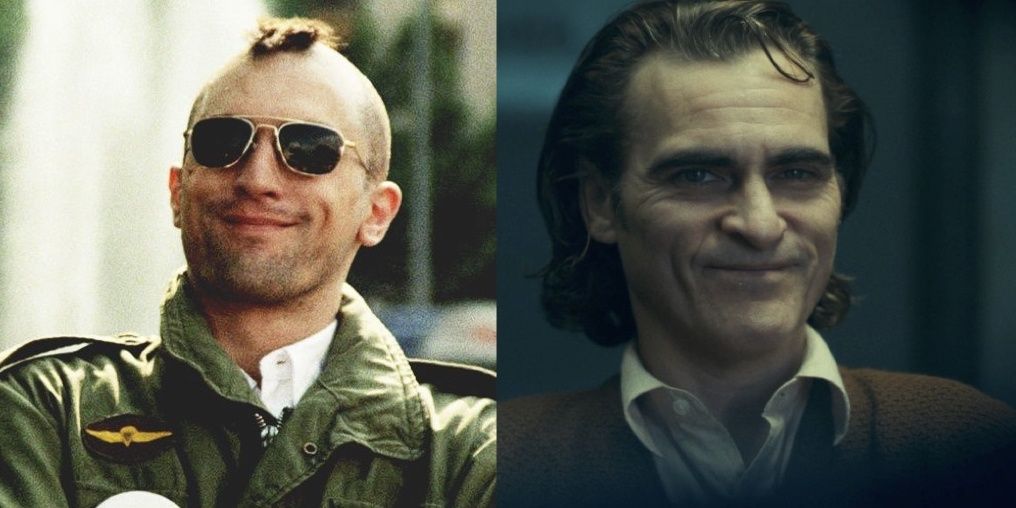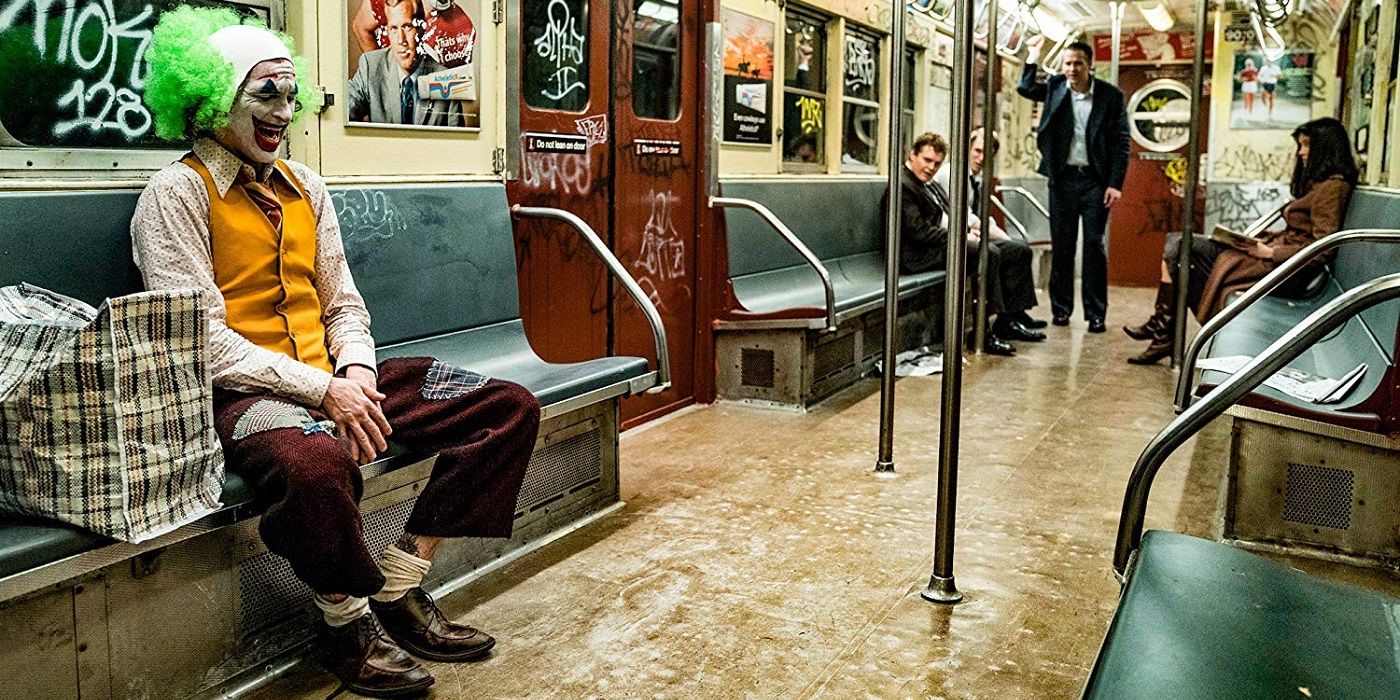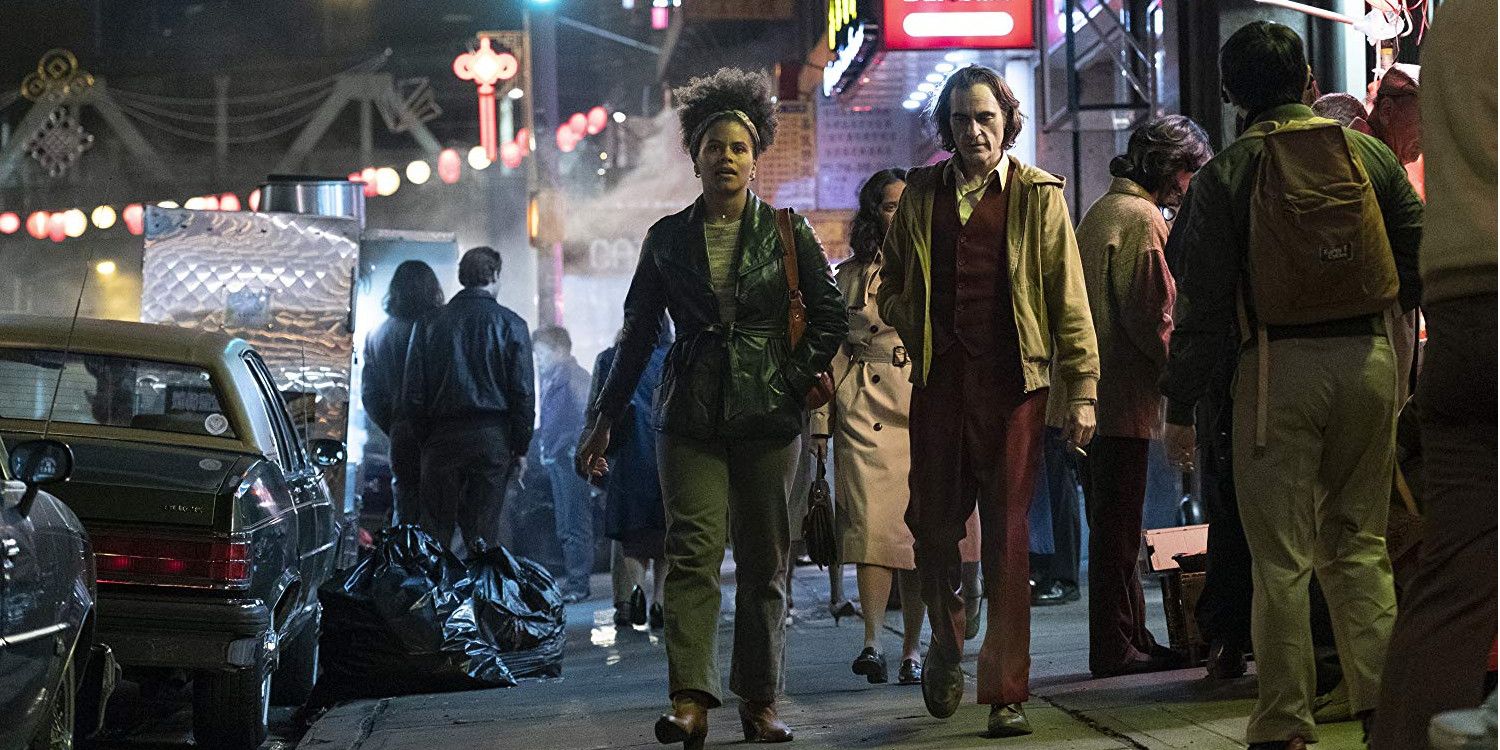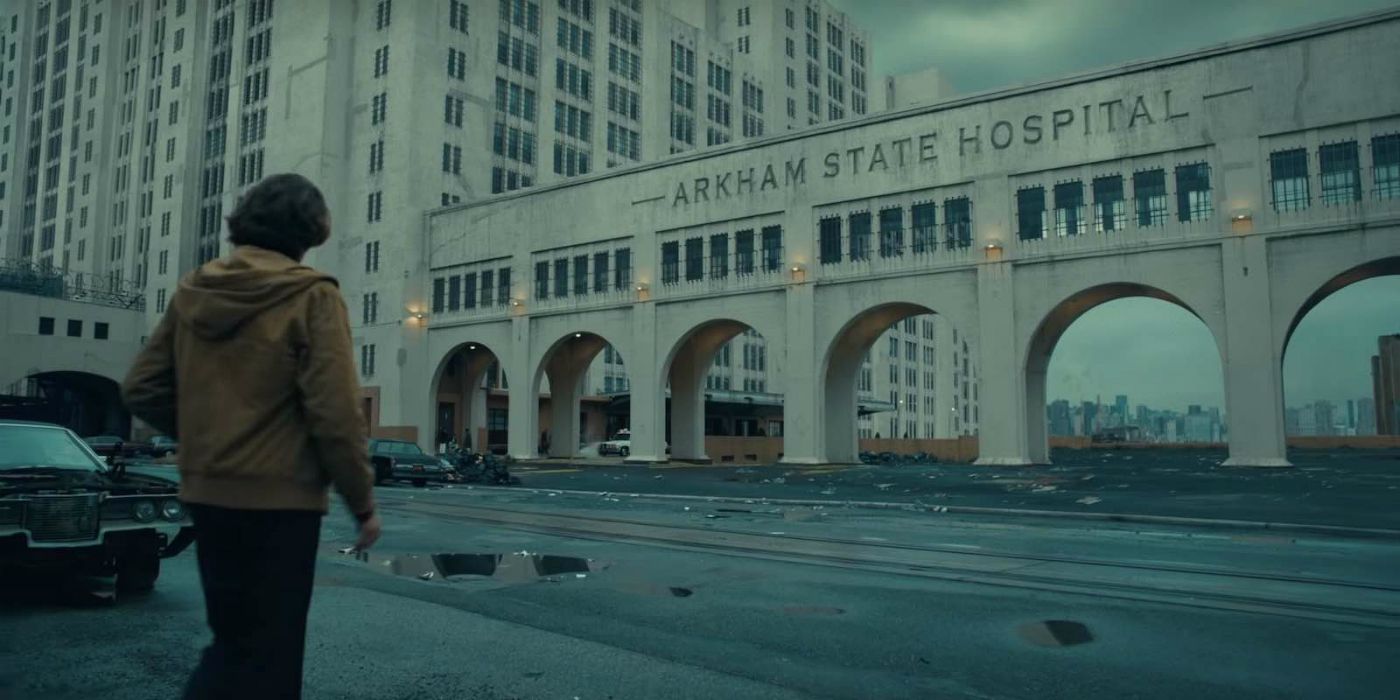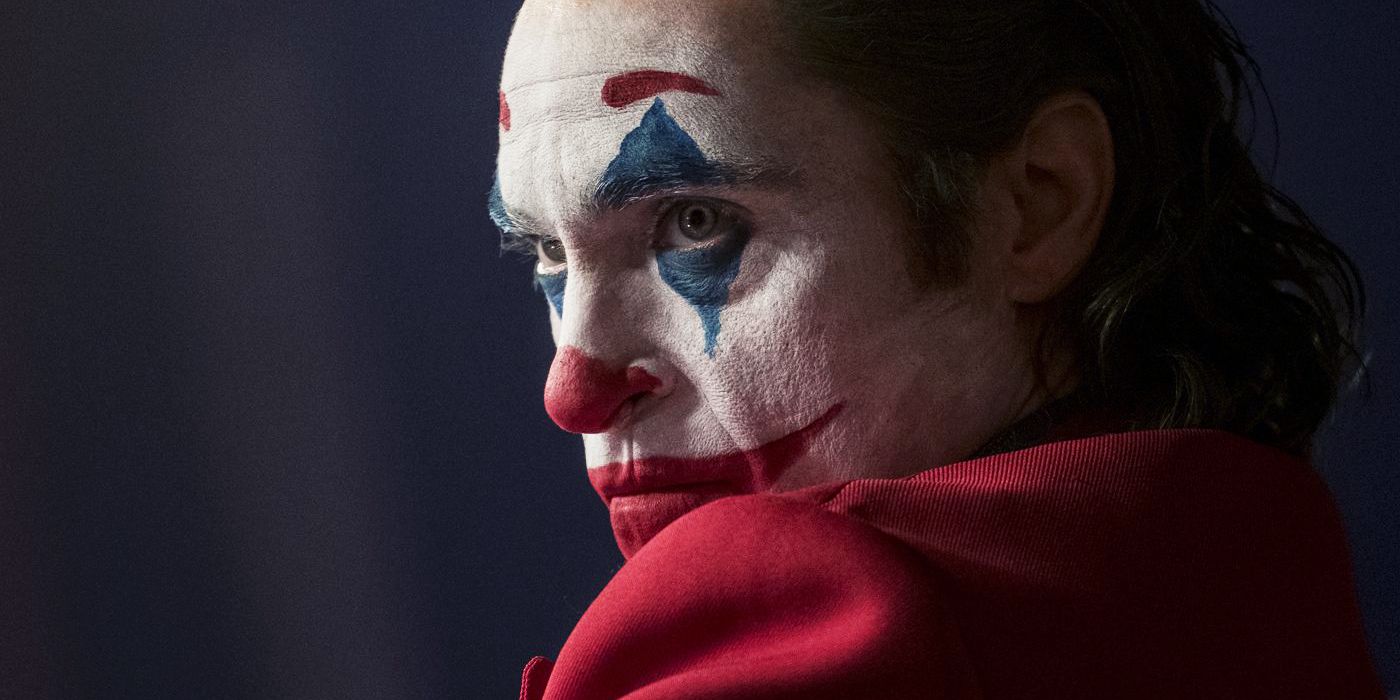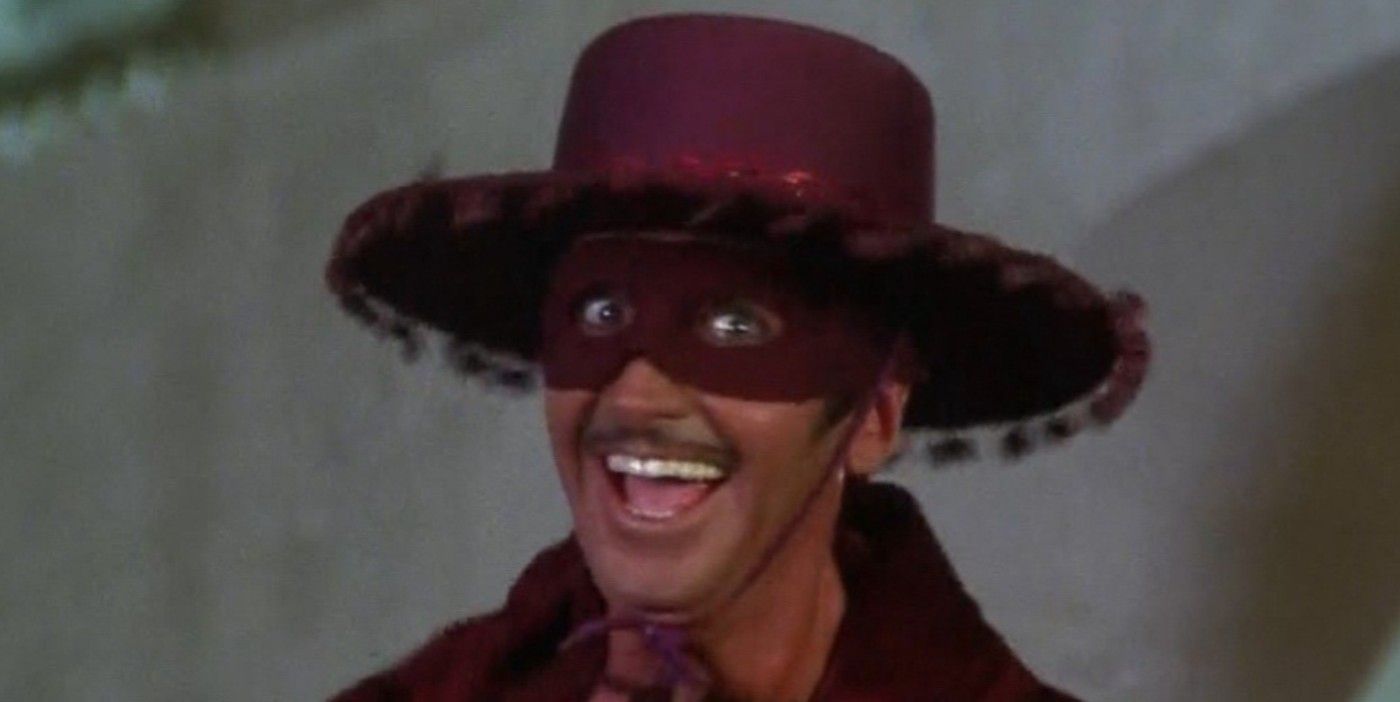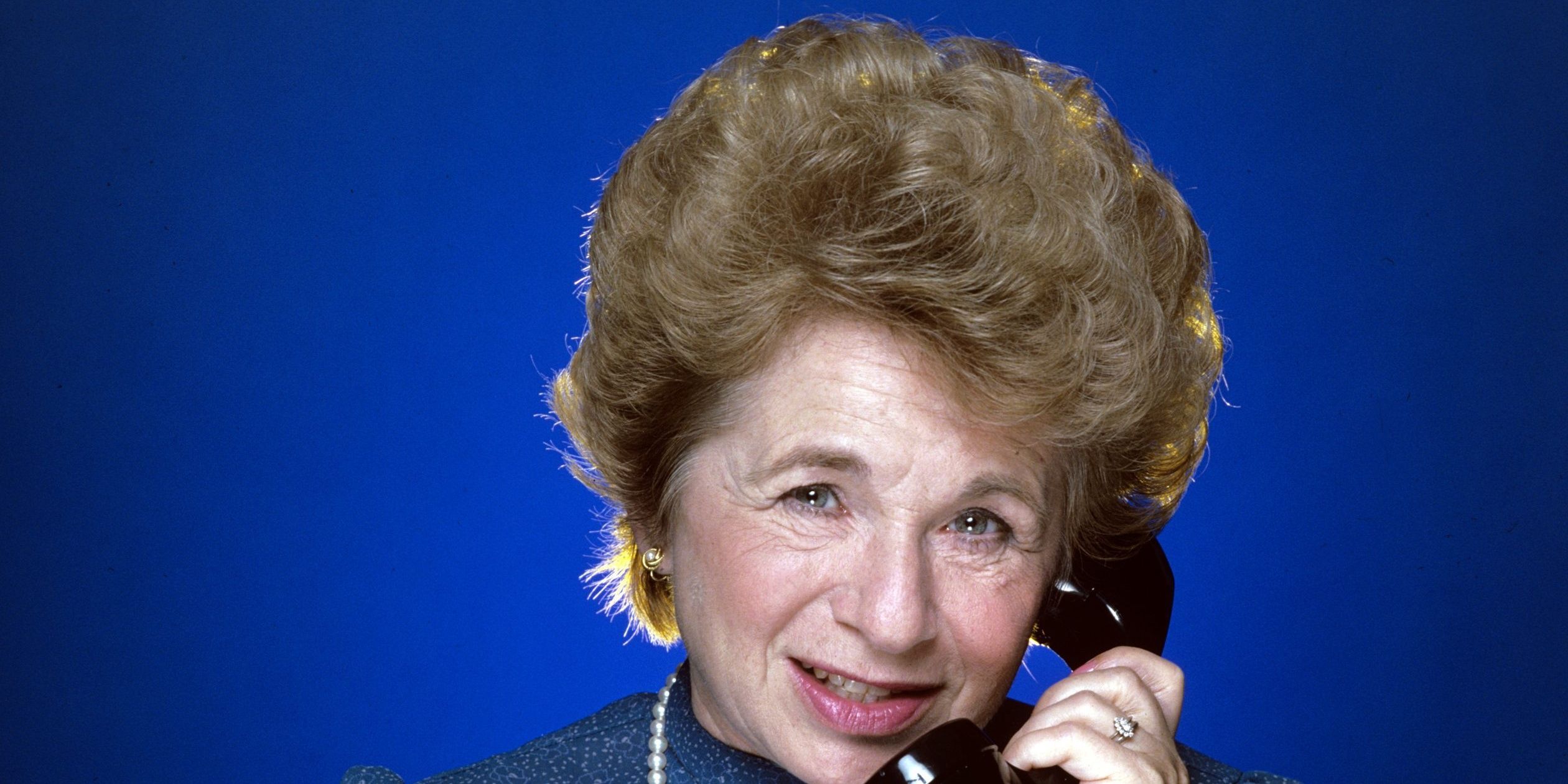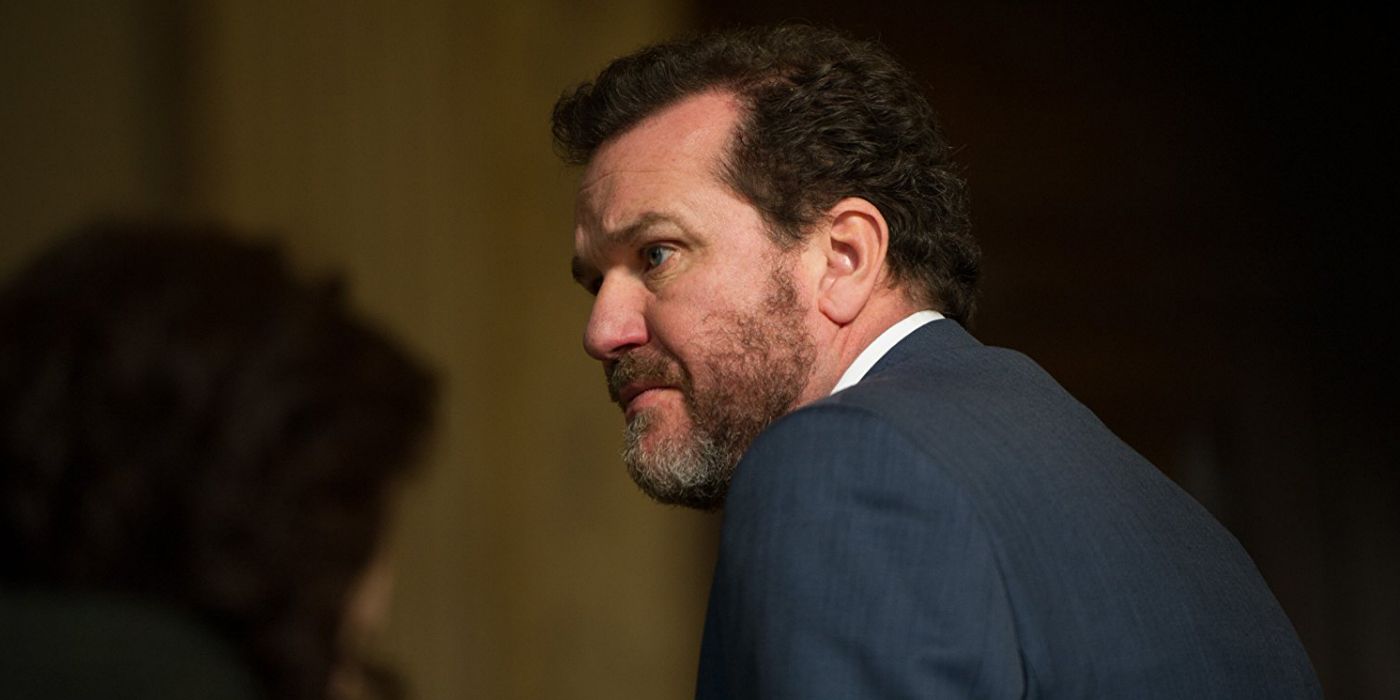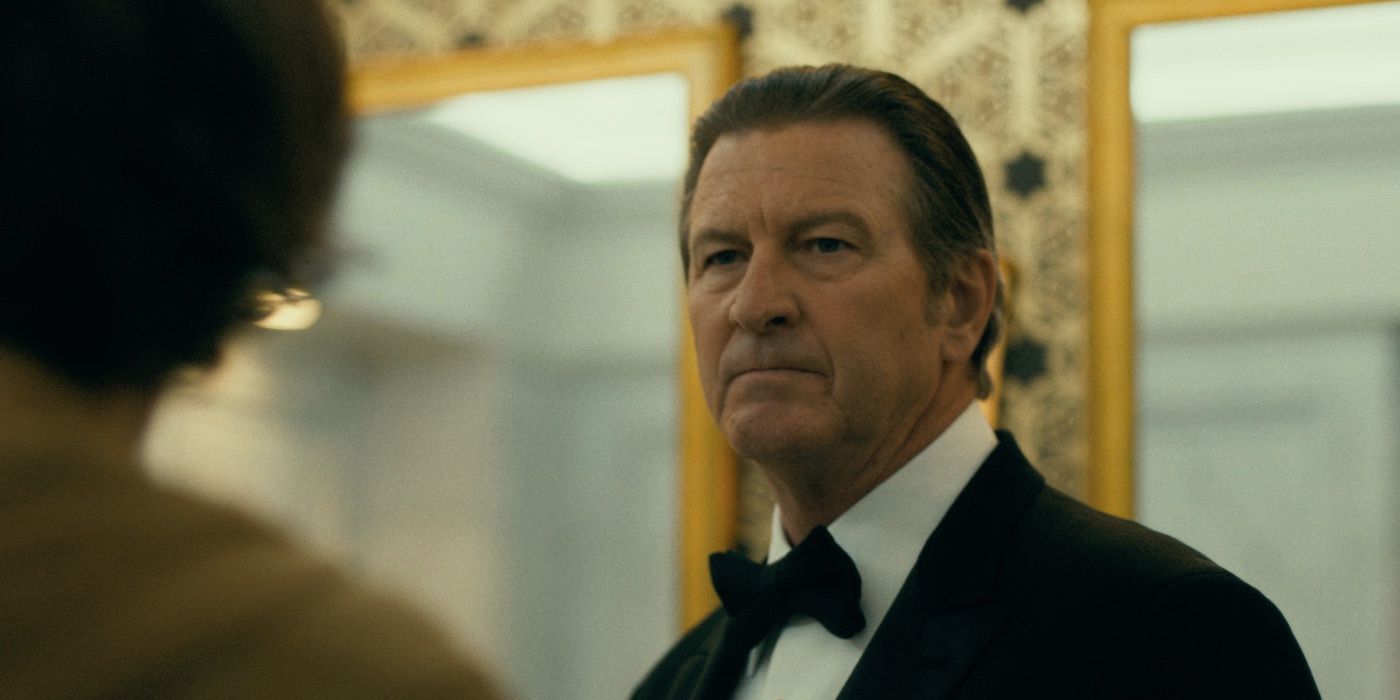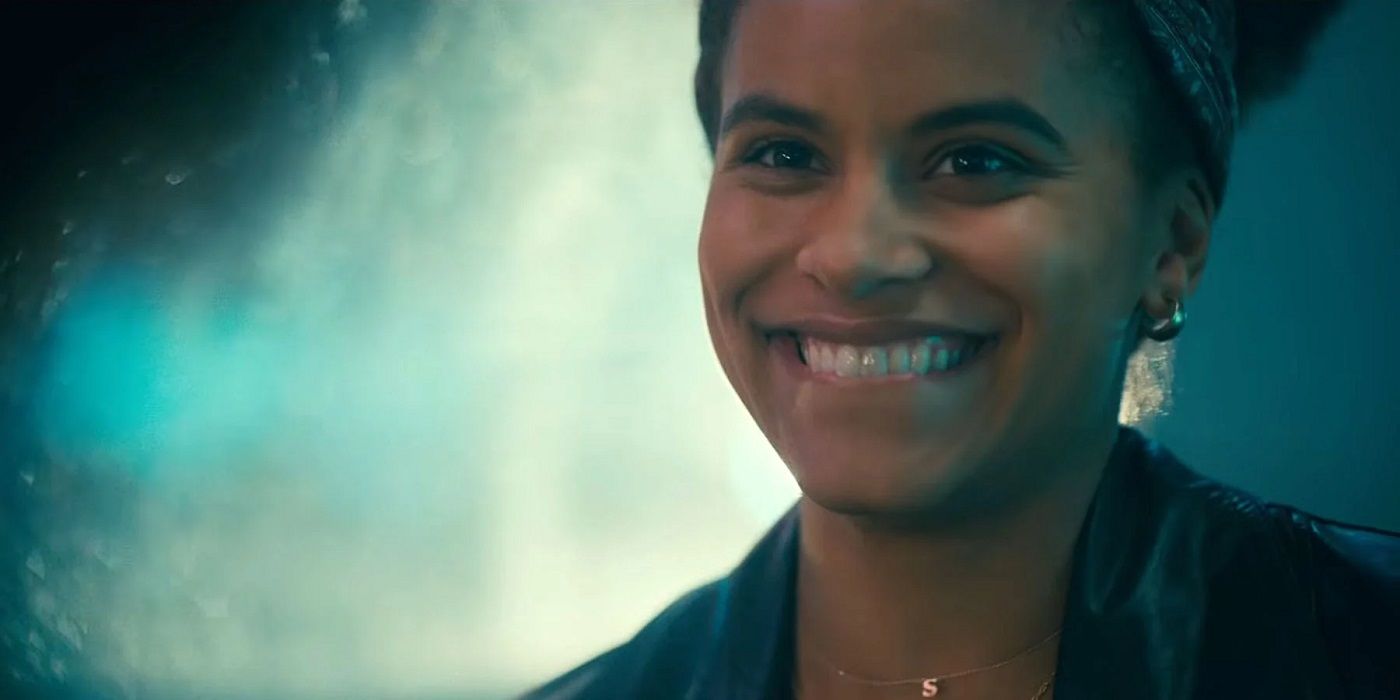Todd Phillips' Joker is a beautiful and intricate film. The striking cinematography and textured performance by Joaquin Phoenix would be enough to warrant a re-watch, but fans who choose to view the controversial film more than once will be rewarded with a rich set of references to cinema classics, historical events, and, of course, Batman's many adventures.
Here are 10 small details you only notice re-watching Joker 2019.
The Film Calls Back To Robert De Niro's Past Performances
Todd Phillip's film is in explicit conversation with many films of the 1970s but has a special conversation with Martin Scorsese's classic Taxi Driver and his not-so-classic The King Of Comedy. Both Scorsese pictures starred Robert De Niro. Joaquin Phoenix's performance contains distinct echoes of De Niro's Travis Bickle, but fans of The King Of Comedy were in for a real treat.
In that film, De Niro played a social outcast with big dreams of becoming a stand-up comedian. In the end, De Niro's character is enraged that his favorite late-night host rejects his comedy. De Niro's character stalks and kidnaps the late-night host and demands the opportunity to go on TV and perform his stand-up in exchange for a safe release. Joker gave De Niro the chance to flip the script. Joker fans would be well-rewarded to watch The King Of Comedy to see the many callbacks in Phillips' film.
"Gotham" Is More Like NYC Than Ever
In Joker, it's unusually clear that Batman's Gotham is New York City. Perhaps that is because both director Todd Phillips and production designer Mark Friedberg grew up in the Big Apple.
Gotham is a lightly fictionalized version. Subway scenes were filmed on real C-line trains and in lightly re-dressed NYC train stops. Careful watchers will spot Friedberg's fictionalized, redrawn subway map in shots in subway terminals.
Arthur Fleck Wears The Joker's Clothes Well Before His Transformation
Fitting the Joker's outlandish outfit with the realistic tone that the film takes was no easy feat. Todd Phillips tapped costume designer Mark Bridges, a frequent collaborator of Joaquin Phoenix's, to turn a grubby tenement denizen into an icon. Most of Arthur Fleck's onscreen clothes are deliberately unremarkable and functional, but his one good suit comes out in pieces and parts throughout the early parts of the film. For example, Arthur Fleck wears a rust vest and jacket on his "date" with a friendly neighbor.
The palette is outdated, more 70s than the 1981 colors in most of the film's clothes, fitting in with the concept of a character too poor to buy good clothes frequently. In the film's final scenes, Arther Fleck dons all of his brightest colors at once for his big night on the Murray Franklin show. The outfit, though loud, looks so natural in part because Fleck has worn most of its pieces onscreen over time.
Arkham Asylum Is Given A Realistic Facelift
Batman fans may be familiar with Arkham Asylum. In Joker, the filmmakers went with the more realistic Arkham State Hospital. Sharp-eyed New York City lovers will recognize the Brooklyn Army Terminal's annex. The hospital is a recurring touchpoint for Arthur Fleck.
Early conversations with his state-provided social worker indicate that he spent time in Arkham State Hospital for undisclosed misdeeds before the film began, and his mother's records there indicate that both members of the Fleck family have drifted in and out of the grim state-run facility.
The Joker's Ambiguous History Is Preserved
Fans nervous that the film would provide a definitive origin story for the Joker can rest easy. There are many obvious signs that Arthur Fleck is an unreliable narrator sprinkled throughout the film. The easiest to spot is strong evidence that Fleck imagined all of his interactions with his "girlfriend," but careful watchers will spot many more.
The ending scene takes place in a pristine white hallway in Arkham State Hospital - but Arthur's earlier visit to the same facility showed the place to be yellowed and dingy. Which is the real Arkham, and which is in Arthur Fleck's head, or are both scenes only in his imagination?
There Are Hidden Clues In The Waynes' Movie Theater
Most versions of Batman's classic origin story involve a young Bruce Wayne leaving the theater with his parents before the elder Waynes are gunned down in an alley. The type of theater and the entertainment on offer vary by version.
In Joker, young Bruce is leaving a theater showing Zorro, The Gay Blade. This is one of the director's subtle cues that the film is set in 1981, and also ties into another 80s classic. Frank Miller's famous gritty re-imagining of Batman, 1986's The Dark Knight Returns, was the first story to link Zorro to the Waynes' death.
1980s References Abound
Speaking of subtle cues indicating Joker is set in 1981, the film's opening news snippets discuss a garbage strike. NYC's garbage collectors went on strike in 1981.
The 80s were also alive and well in Joker's fellow talk-show guest Dr. Sally, a clear nod to 1980s sex-talk-show personality Dr. Ruth. Dr. Ruth was a household name in the 80s, advising viewers and radio listeners on sexual health and pleasure.
Alfred Is On The Scene
Arthur Fleck, convinced that Thomas Wayne is his father, takes the train to Wayne's house in the suburbs. This scene has its roots in The King Of Comedy, but sharp-eyed viewers will get an extra treat. The movie's credits confirm that the man protecting Bruce from the future Joker is none other than Alfred Pennyworth.
Thomas Wayne May Be Affiliated With The Mafia
In keeping with the grim tenor of his film, Phillips hints that Bruce's father Thomas Wayne is no hero.
Many cues, including Wayne's loud pinstriped suits and Alfred's slicked-back hair and bruiser attitude as he separates Arthur Fleck from young Bruce, hint that Thomas Wayne may be affiliated with the Mafia. Wayne is certainly quick to violence; he's quick to resort to violence when Arthur Fleck tries to talk to him in a bathroom.
The Joker's "Girlfriend" Does Not Have A Clear Ending
The fate of Arthur Fleck's neighbor Sophie Dumond is ambiguous. When Arthur, on the verge of a breakdown, seats himself on Sophie's couch, viewers tense as she asks him politely, but clearly frighted, to leave. It becomes clear that Arthur has imagined or hallucinated his entire "relationship" with her, including dates and her comforting presence at tough times. Arthur states that he has had a bad day, and Sophie asks if she can call someone - perhaps his mother.
Arthur had just killed his mother. The film cuts directly to a shot of Arthur walking down the hallway. While there is no blood or other visual indication that the scene ended violently, there is no reassurance that Arthur simply left, either. Todd Phillips has stated that Sophie lived, but his film doesn't mandate that reading.

